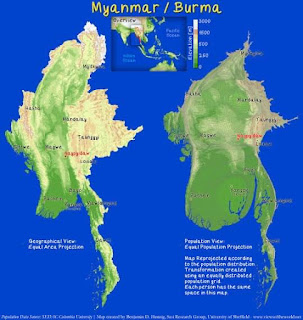Wednesday, February 24, 2021
MYANMAR
PHILIPPINES
PHILIPPINES
BRUNEI
BRUNEI
VIETNAM
VIETNAM
CAMBODIA
CAMBODIA
INDONESIA
INDONESIA
Indonesia is an archipelagic coluntry located in Southeast Asia, lying between the Indian Ocean and the Pacific Ocean. It is located in a strategic location astride or along major sea lanes connecting East Asia, South Asia and Oceania. Indonesia is the largest archipelago in the world.
Indonesia's
various regional cultures have been shaped—although not specifically
determined—by centuries of complex interactions with its physical environment.
SINGAPORE
Singapore's main territory is a diamond-shaped island, although its territory includes surrounding smaller islands. The farthest outlying island is Pedra Branca. Of Singapore's dozens of smaller islands, Jurong Island, Pulau Tekong, Pulau Ubin and Sentosa are the larger ones. Most of Singapore is no more than 15 metres above sea level.
The
highest point of Singapore is Bukit Timah
Hill, with a height from ground of 165 m (538 ft)
and made up of igneous rock, granite.
Hills and valleys of sedimentary
rock dominate the northwest, while the eastern region
consists of sandy and
flatter land. Singapore has no natural lakes, but reservoirs and water catchment areas have
be en constructed to store fresh water for Singapore's water supply.
Singapore
has reclaimed
land with earth obtained from its own hills, the seabed,
and neighboring countries. As a result, Singapore's land area has grown from
581.5 km² in the 1960s to 725.7 km² today, and will increase slightly
more due to construction of sea polder and barrage to deal with the ever
raising sea level.







